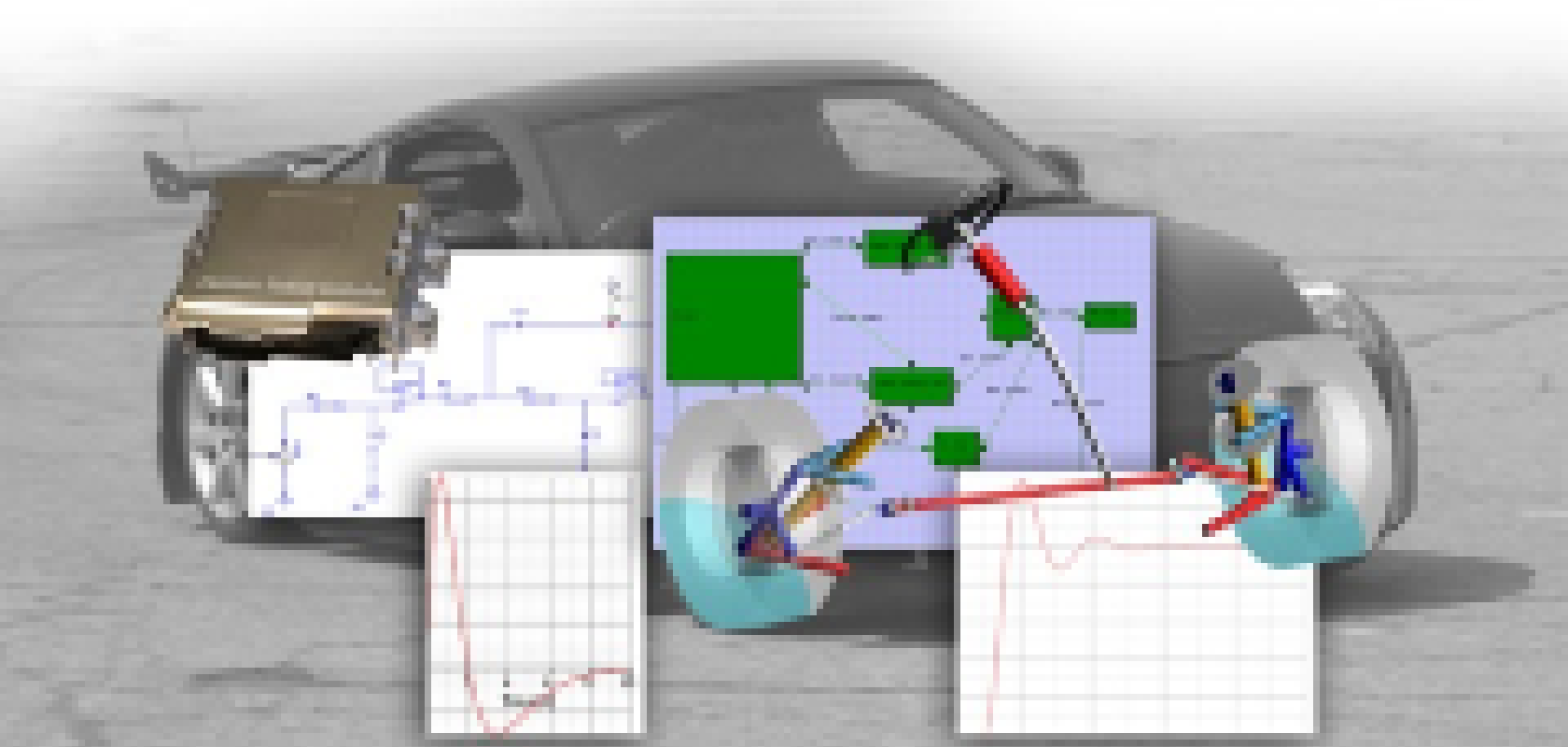Maplesoft and Toyota have announced a multi-year development partnership to produce new tools for physical modelling of vehicle systems.
Under the terms of the contract, tools developed by Maplesoft will provide mathematical framework for physical modelling within the model-based development process at Toyota.
The duo will also form a Physical Modelling Consortium, which will bring together major players in the automotive industry to share ideas and advance the development of rapid plant modelling methodologies based on symbolic computation.
The collaboration will see a new approach to physical modelling, which uses an object-oriented representation that lends itself to very easy definition of the system model by graphically describing its topology.
In other words, it looks at how components relate to each other by connecting them together, without having to worry about how signals flow between them. For example, an electric circuit looks like an electric circuit on the computer screen.
This topological approach to model definition is called ‘acausal’ and lifts many of the restrictions imposed by the signal-flow, or ‘causal’, approach. This has made the mathematical formulation of system models easy, but it has introduced a different class of mathematical model: Differential Algebraic Equations (DAEs). These are systems of ordinary differential equations with algebraic equations that are given by added physical constraints in the system.
The development of generalised solvers for complex DAEs is the subject of a great deal of research and it is acknowledged by leaders in the field that symbolic computation will play a major role. For this reason, Maplesoft is actively engaged in developing solvers that incorporate leading-edge symbolic and numeric techniques for solving high-index DAEs.
Through the collaboration between Maplesoft and Toyota, all areas of engineering development such as engines, transmissions, suspensions, braking systems, climate control systems, and in-vehicle electronics could benefit from the use of the new set of modeling tools.
‘Model-Based Development will set new industry standards for the use of software tools and models in automotive systems development,’ said Akira Ohata of the Toyota Motor Corporation. ‘Symbolic computation, pioneered by companies like Maplesoft, makes new design methods a reality today. Automotive companies like us will realise further improvements in cycle times, cost optimisation, and smoother implementation of extremely complex systems.’


